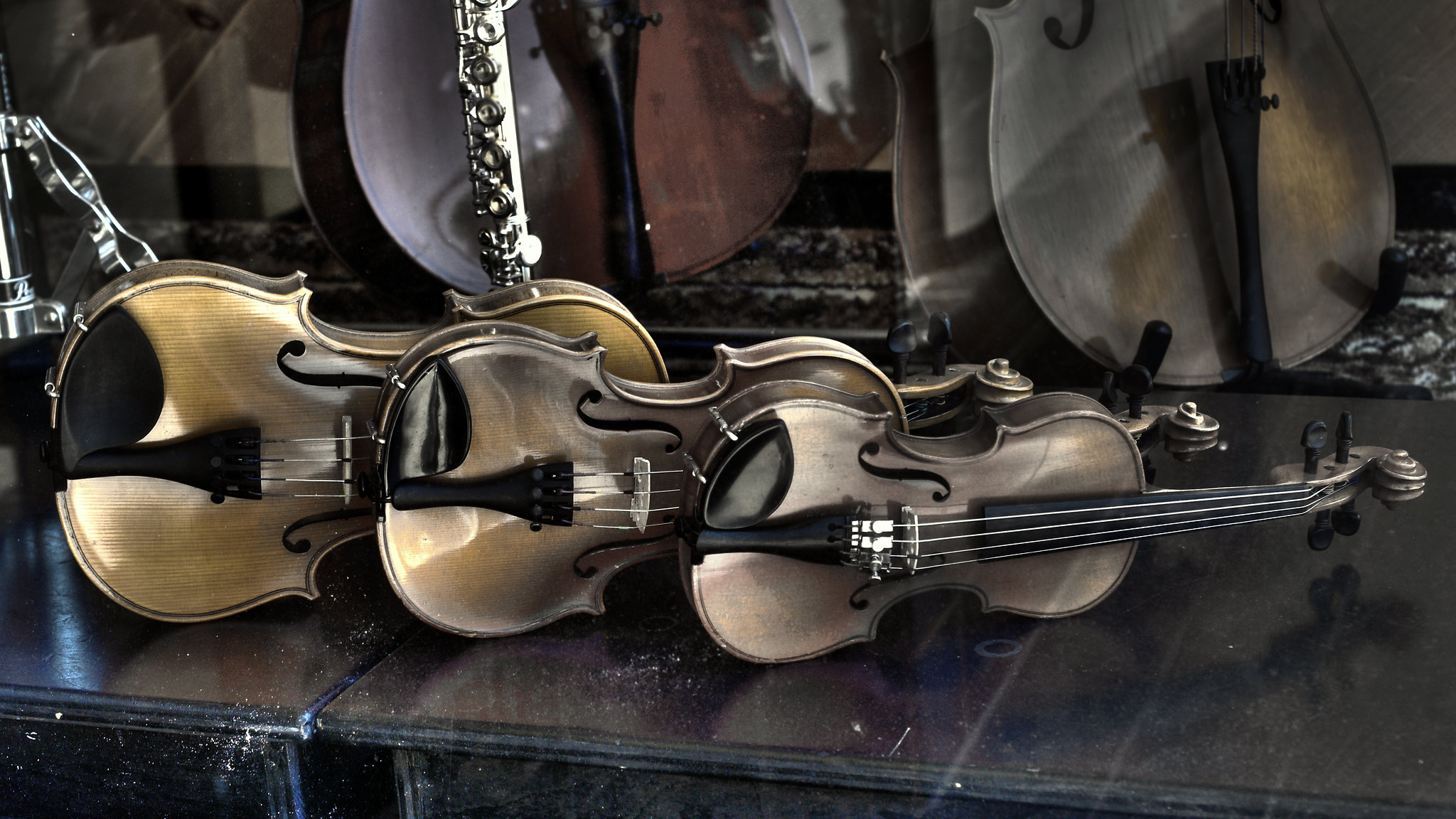In addition to a violin chin rest, a violin shoulder rest will revolutionize your playing, flexibility, and confidence in holding your instrument high and proud. Let's see what the benefits of owning a violin shoulder rest are!
History Of The Shoulder Rest
Before the advent of the shoulder rest in the middle of the 20th century, violinists relied heavily on holding their instruments high with muscle tension and strength and holding their violin up with their left hand, gripping the neck of the violin fairly securely. This limited their ability to shift freely, successfully execute technical passages, and they generally expended more energy than they would have had shoulder rests been available to them. With the shoulder rest, violinists could now hold their instrument up with much less muscle tension and thus eliminate the source of a lot of injuries sustained by violin playing over time. Freedom of muscles allowed modern violinists to freely use vibrato without fear of dropping their precious instrument. They could also shift to reach the highest notes without supporting the violin from beneath the instrument at all!
Historically, the etchings and paintings of violinists show the musicians holding their instruments very low and almost limp. This is not an inaccurate description of what was happening: the musicians simply could not help holding their instrument low and carefully, nor did they think that holding the violin up was a correct posture. Many different musicians of the day wrote and taught that holding the violin low and "near the breast" was the correct pedagogy, however, there was no real consensus. Wolfgang Amadeus Mozart's own father, Leopold Mozart, taught that the violin ought to be held under the chin when his contemporaries preached otherwise. However, with the medical knowledge we have today, we can say that not only is it more difficult to hold a violin low and near one's breast, but it's physiologically damaging to one's body over time. So, let's see what the violin world has to offer in way of shoulder rests! After all, we want you to play music for a very long time!

Kinds Of Shoulder Rests
There are many different options for shoulder rests, but here are several variations that you will see are the majority of the market. These shoulder rests are made predominantly of wood, aluminum, carbon fiber, or plastic. Chances are, your body will like one of these options, but like with everything on the violin, if you feel uncomfortable choosing something for yourself, a violin shop or a teacher can aid you in fitting a violin shoulder rest to your unique body.
Clip On Shoulder Rests
These are the preference of most violinists, the author included! These shoulder rests are made out of wood and plastic, depending on the model and style you choose. These shoulder rests are usually outfitted with plastic feet that will not scratch a violin's beautiful woodwork, or they have metal feet that are securely covered with rubber to also protect the violin. These feet carefully grip the underside of the violin, spanning the lower part of the body. The shoulder rest is typically set at an angle to accommodate a person's shoulder, and the height is also adjustable to accommodate different builds of bodies. How your shoulder rest sits is entirely dependant on your personal frame.
Foam Shoulder Rests
Some early players and seasoned players alike prefer a simple sponge or foam piece to cushion their shoulders while they play. This is an extremely economical option and one that many beginners choose before their bodies are fully developed and ready for a more rigid shoulder rest.
Inflatable Shoulder Rests
These little travel pillows that fit underneath a violin act exactly like a cushion. They're not wholly unlike a sponge, where there's a lot of coverage and nearly no rigidity to them. Some players swear by this method of shoulder rests because their bodies do not appreciate the height, rigidity, or general feel of a clip on shoulder rest.
Gelrest
This unique option is for people who feel very uncomfortable with any height whatsoever, but they still desire the stability that a very short shoulder rest might provide. The Gelrest provides this stability, keeping the violin secure on a shoulder but with extremely minimal height. It is stuck onto the violin with a special adhesive that brags its safety for the finish of the violin. Baroque violinists who still want to hold their instrument down by their chest find this a convenient option.
Summary
Remember that the violin does not actually NEED a shoulder rest to be played. However, it is highly suggested that a player who wants to enjoy their instrument for longer periods of time and not develop serious arm and muscle problems down the road should seriously consider using a shoulder rest that feels good to their body. Just like so many other things when it comes to the violin, be sure to try a number of options before deciding on the one that feels best. Also, keep an open mind: sometimes what doesn't feel particularly comfortable is actually better for your body in the long run! Good posture will not only enhance your sound on your instrument, but it will command respect from an audience and your peers. Stand tall and proud with ease from a violin shoulder rest! Your body and your instrument will thank you.







